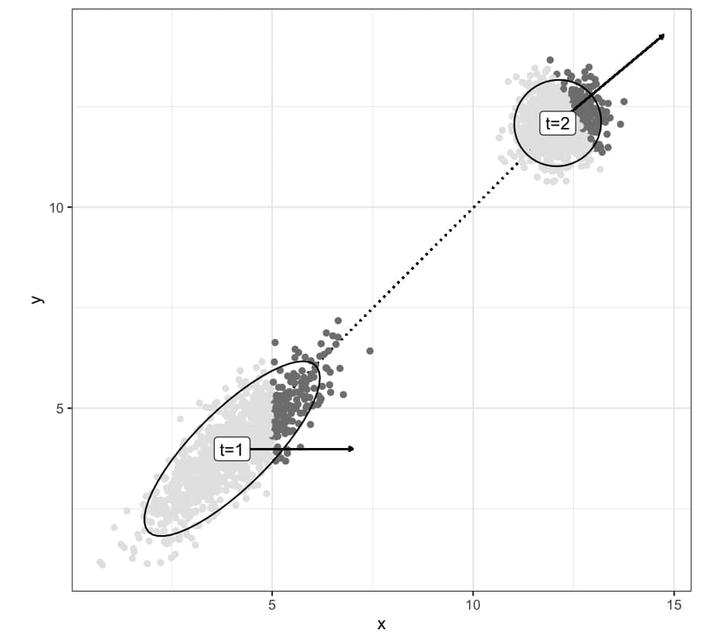Morphological integration during postnatal ontogeny: implications for evolutionary biology

Abstract
How covariance patterns of phenotypes change during development is fundamental for a broader understanding of evolution. There is compelling evidence that mammalian skull covariance patterns change during ontogeny. However, it is unclear to what extent variation in covariance patterns during ontogeny can impact the response to selection. To tackle this question we explored: i) the extent to which covariance patterns change during postnatal ontogeny; ii) in which ontogenetic stages covariance patterns differ the most, and iii) the extent to which the phenotypic covariance pattern at different ontogenetic stages can be explained by the same processes determining additive genetic covariance. We sampled postnatal ontogenetic series for both marsupials, and placentals. Within each ontogenetic series, we compared covariance matrices ( P -matrices) at different ontogenetic stages. Furthermore, we compared these P -matrices to two target matrices [adult P -matrix and an additive genetic covariance matrix ( G -matrix)]. Our results show that for all ontogenetic series, covariance patterns from weaning onward are conserved and probably shaped by the same processes determining the G -matrix. We conclude that irrespective of eventual differences in how selection operates during most of postnatal ontogeny, the net response to such pressures will probably not be affected by ontogenetic differences in the covariance pattern.